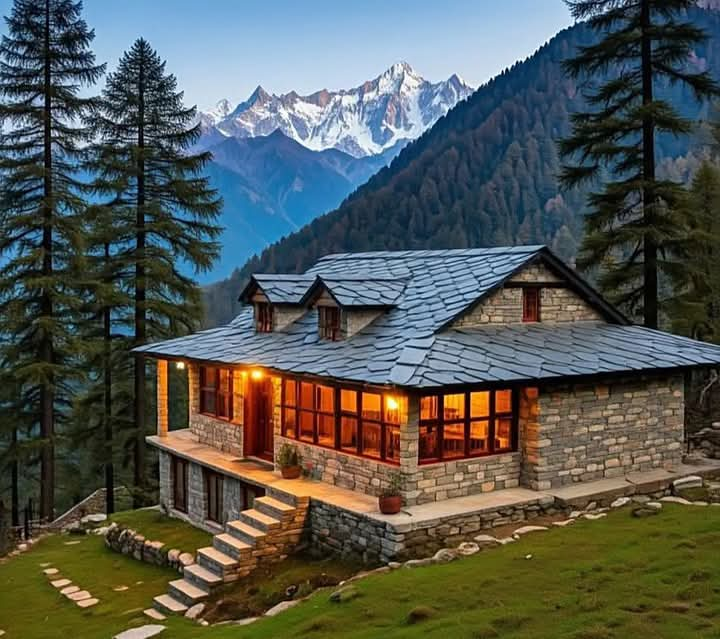
Great Himalayan National Park
Shoja, India
- Birdwatching for rare Himalayan species
- Camping under the starry night sky
- Explore local culture and traditions
- Photography of scenic landscapes
- Trekking through diverse Himalayan trails
- Wildlife spotting in their natural habitat
Known for:
Description:
The Great Himalayan National Park (GHNP), nestled in the Kullu region of Himachal Pradesh, is a UNESCO World Heritage Site renowned for its exceptional biodiversity. Spanning over 750 sq km, the park encompasses diverse ecosystems, from lush alpine meadows to dense coniferous forests. It's a haven for wildlife enthusiasts and nature lovers, boasting a rich array of flora and fauna, including the elusive snow leopard, Himalayan brown bear, musk deer, and numerous bird species. GHNP offers unparalleled trekking opportunities, allowing visitors to immerse themselves in the pristine beauty of the Himalayas. Permits are required for entry and trekking, and it's recommended to hire a local guide for a safe and enriching experience. The park is a true sanctuary, providing a glimpse into the untouched wilderness of the Western Himalayas.
History:
Established in 1984, the Great Himalayan National Park (GHNP) was initially conceived to protect the region's fragile ecosystem and biodiversity. Before its establishment, the area was subject to various pressures, including hunting, grazing, and timber extraction. The park's creation involved extensive negotiations with local communities to address their traditional rights and dependence on forest resources. In 1999, a buffer zone of 90 sq km was added to the park, further enhancing its conservation efforts. GHNP was declared a UNESCO World Heritage Site in 2014 in recognition of its outstanding universal value as a natural property. Today, the park continues to be managed with a focus on conservation, sustainable tourism, and community involvement.